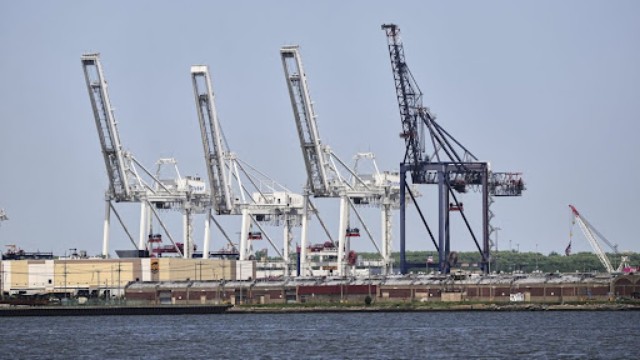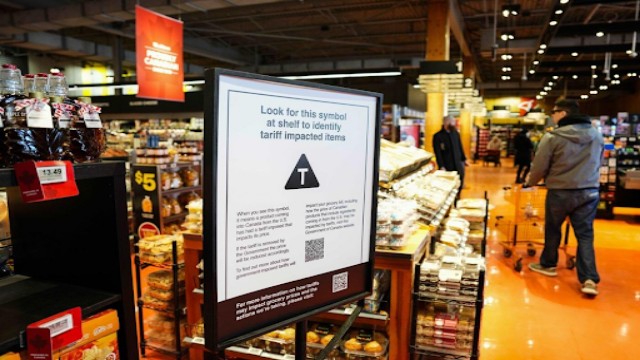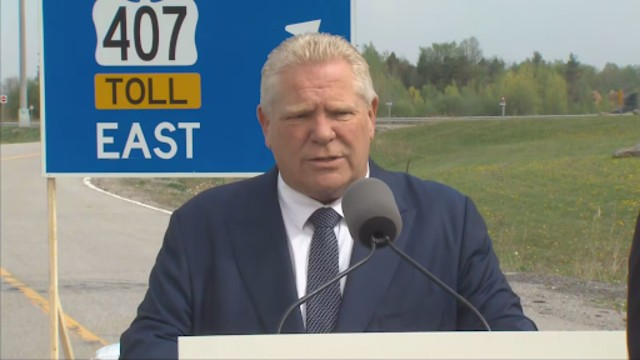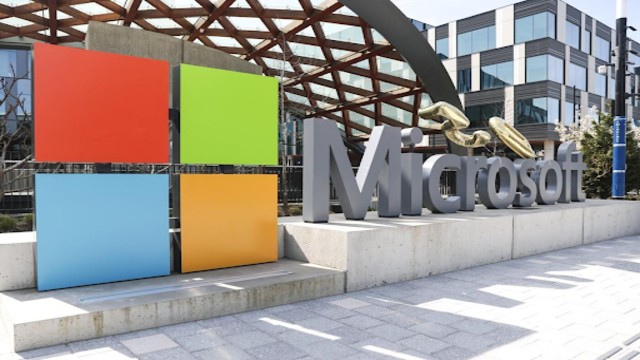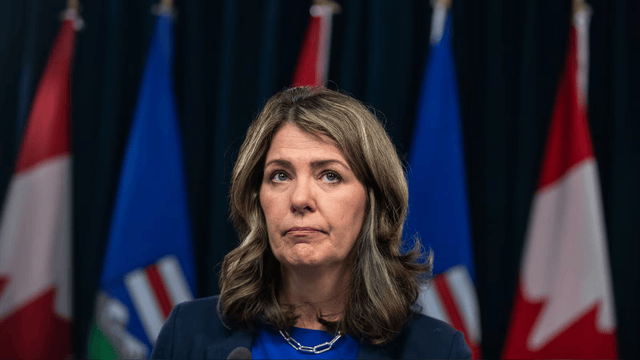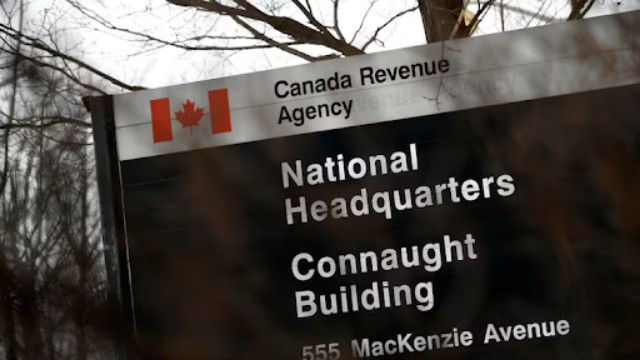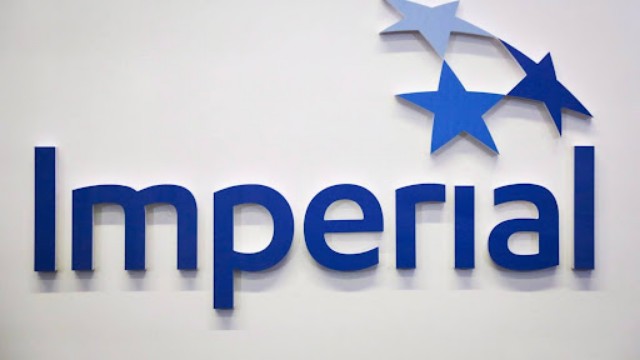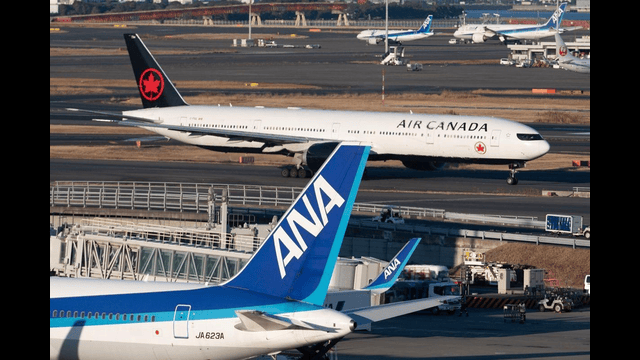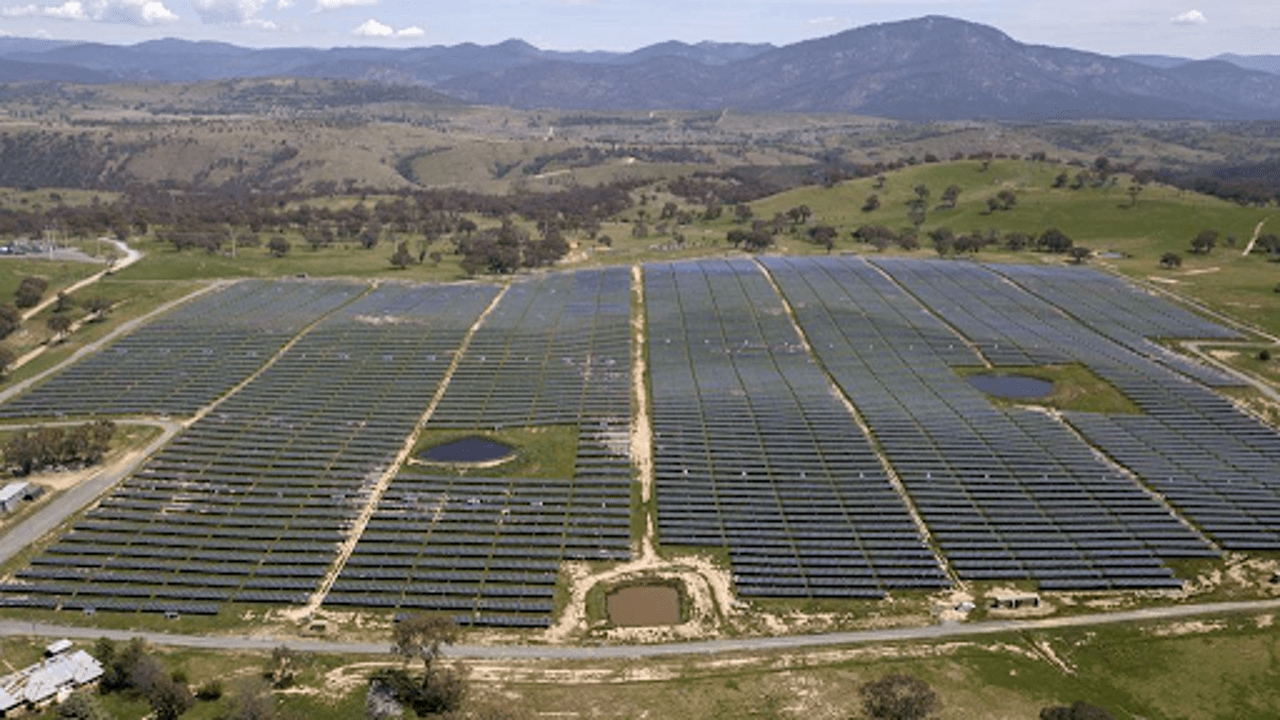
The Williamsdale Solar Farm, shown from the air and located south of Canberra, Australia, on Oct. 15, 2020, has about 30 hectares (74 acres) of solar panels. (AAP Image via AP)
In a significant development, the Australian government has approved the environmental permits for a groundbreaking $19 billion solar energy project. This plan, known as the Australia-Asia PowerLink, will see the construction of a vast solar farm in remote northern Australia, with the energy transported via submarine cable to Singapore. The decision marks a crucial step forward for the ambitious project, spearheaded by Australian company Sun Cable.
The project involves establishing a 12,400-hectare solar farm, which will generate electricity to be sent to Darwin, a northern Australian city, through an 800-kilometer overhead transmission line. From Darwin, the electricity will be transmitted to Singapore via a 4,300-kilometer submarine cable.
Sun Cable's initiative aims to produce up to six gigawatts of green electricity annually. Australian Environment Minister Tanya Plibersek described the project as a transformative infrastructure venture that could position Australia as a global leader in renewable energy and significantly boost the economy.
"This ambitious project represents a defining moment for our generation," Plibersek stated. "It will establish the largest solar precinct in the world and set Australia at the forefront of green energy."
The project's origins trace back to support from Australian mining magnate Andrew Forrest and Atlassian co-founder Mike Cannon-Brookes. The initiative gained international attention during a 2022 state visit when Singapore's Prime Minister Lee Hsien Loong and Australian Prime Minister Anthony Albanese highlighted it as part of a "Green Economy" agreement.
However, the project faced setbacks in January 2023 when Sun Cable entered voluntary administration due to a funding dispute between Forrest and Cannon-Brookes. By May 2023, Cannon-Brookes' Grok Ventures led a consortium to acquire Sun Cable, completing the takeover by September.
Cameron Garnsworthy, managing director of SunCable Australia, expressed satisfaction at overcoming a major regulatory challenge. "We are now concentrating on the next phase of planning, aiming for a Final Investment Decision by 2027," he said. The company anticipates that electricity supply will begin in the early 2030s.
Energy policy has long been a contentious issue in Australia, which relies heavily on coal and gas and benefits from exporting these fuels. This dependence has made Australia one of the highest per capita greenhouse gas emitters globally.
In June, Australia's main opposition party proposed building the nation's first nuclear power plants by 2035, signaling a potential divide in strategies for reducing greenhouse gas emissions ahead of upcoming elections.
Plibersek contrasted the renewable energy transition with nuclear power, saying, "Australians must choose between a renewable energy shift that is already creating jobs and lowering costs or investing in a costly nuclear vision that might never materialize."



